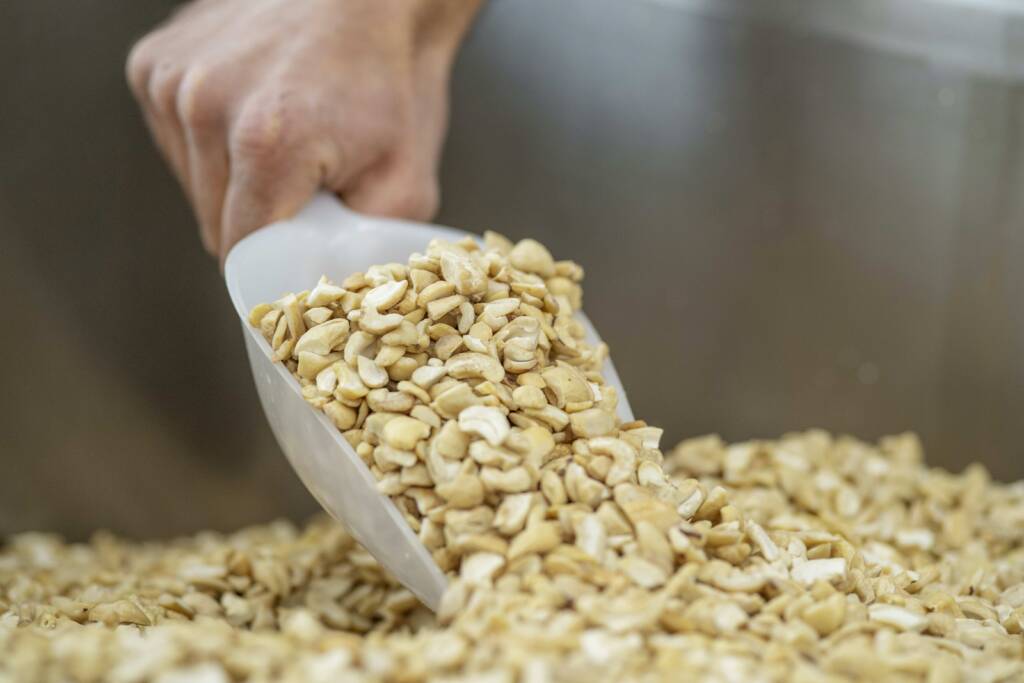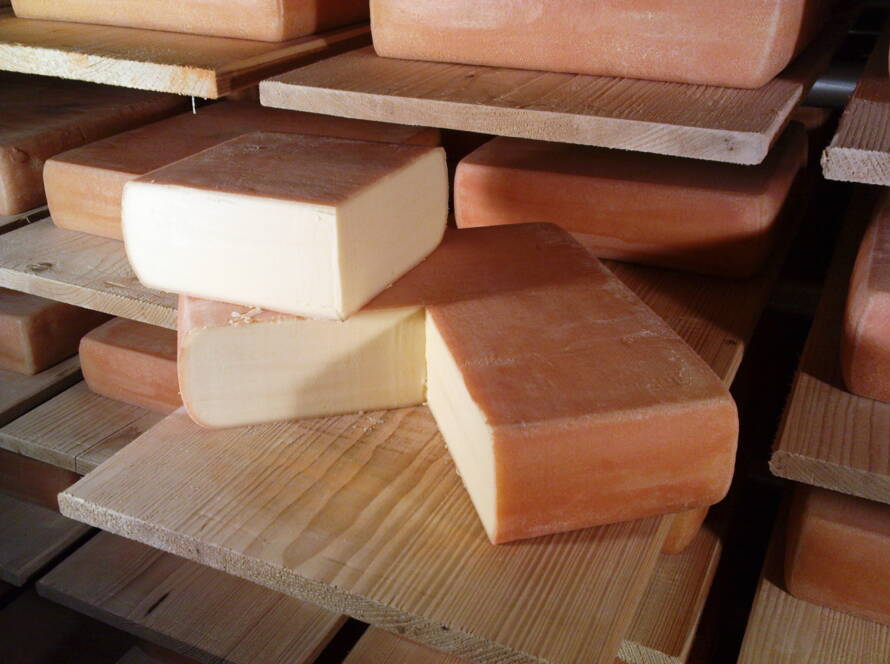In an era where sustainability and dietary choices intersect more than ever, plant-based cheeses are emerging as a pivotal innovation for both the environmentally conscious and those exploring dairy alternatives. As consumers increasingly gravitate towards plant-based diets for health, ethical, and environmental reasons, the demand for dairy-free cheese options that don’t compromise on taste or texture has never been higher. This shift has not only sparked interest but has also driven significant scientific and technological advancements in the field of food science. To lay a base for future entries, this blog entry aims to highlight the ingredients in the realm of plant-based cheese production and provide you with a easy step-by-step guide of making a nut-based gruyère.
Commonly used Ingredients in plant-based cheese
As there are many different kinds of plant-based cheese, many different ingredients are used to achieve all tastes and flavours, each with unique properties. For example, Cashews, almonds, pine nuts, and other nuts make a good base due to their creamy texture, which is essential for creating cheese-like characteristics. Other ingredients that work well are Sesame, sunflower, and other seeds, which can also create a rich and creamy texture in vegan cheeses. The advantage of those two types of ingredients is that, in contrast to dairy, they contain more healthy fats. On the downside, the meltability of nut-based cheeses is limited without the food trechnological know-how aimed at enhancing this characteristic.
Furthermore, there are legumes like soybeans, which offer a good source of protein and have good melting properties. However, soy-based cheeses may be associated with sensory challenges, such as a beany taste and a gritty mouthfeel.
Coconut oil is commonly used in vegan cheeses to replicate the fattiness of dairy and contribute to the cheese’s texture and meltability. It is often used in combination with other ingredients, such as thickeners like xanthan gum or starch, to help bind the cheese together. Coconut oil is solid at room temperature, making it a suitable base for creating various vegan cheese products, including those that are spreadable, meltable, and even aged.
Then there is also nutritional yeast, which plays a crucial role in some varieties as it contributes a cheesy, umami-rich flavour, making it a popular ingredient in cheese alternatives. It enhances the savoury taste and improves the nutritional attributes of plant-based cheeses. Nutritional yeast is also a good source of B vitamins, iron, fibre, and protein, making it a nutritious addition.
Last but not least, there are also thickeners such as potato, tapioca or corn starch and binding agents such as Xanthan gum and carrageenan that vegan cheese manufacturers widely use to enhance the final cheese product’s textural properties
Step by Step guide to make a nut-based cheese at home
1 cup (130g) unroasted blanched almonds
1 cup (130g) unroasted cashews
2 tablespoons (30ml) lemon juice
3 tablespoons (45ml) olive oil
1/4 teaspoon probiotic powder
Salt to taste

Instructions:
Soak the Nuts: Place the almonds and cashews in a bowl and cover them with water. Allow them to soak for 6-8 hours or overnight.
Drain and Rinse: After soaking, drain and rinse the nuts thoroughly.
Blend the Nuts: In a food processor or high-speed blender, combine the soaked almonds, cashews, lemon juice, olive oil, and salt. Blend until smooth and creamy.
Add Probiotic Powder: Sprinkle the probiotic powder over the blended mixture.
Blend Again: Pulse the mixture to combine the probiotic powder evenly.
Transfer and Culture: Transfer the mixture to a clean, airtight container. Allow it to the culture at room temperature for 12-24 hours or until it develops a slightly tangy flavour.
Shape and Refrigerate: Line a small round dish with plastic wrap. Transfer the cultured cheese mixture into the dish, smoothing the top with a spatula. Cover with plastic wrap and refrigerate for 24 hours to set.
Age the Cheese: After 24 hours, remove the cheese from the dish and place it on a clean, dry surface. Allow it to air-dry at room temperature for 24-48 hours or until a rind forms on the outside.
Refrigerate and Serve: Once the rind has formed, transfer the cheese to the refrigerator and age for an additional 3-5 days before serving.


